Last Friday and Saturday we had a great time at the Kilcoy Show (that’s a few hours North of Brisbane), showing visitors 3D printing in action and answering lots of questions on that topic – we actually printed some HO-scale train gear and miniature sheep for our model railway neighbours at the show!
We also let kids have a good play with the Mirobot drawing turtle robots and enjoying our cute robotic caterpillar.
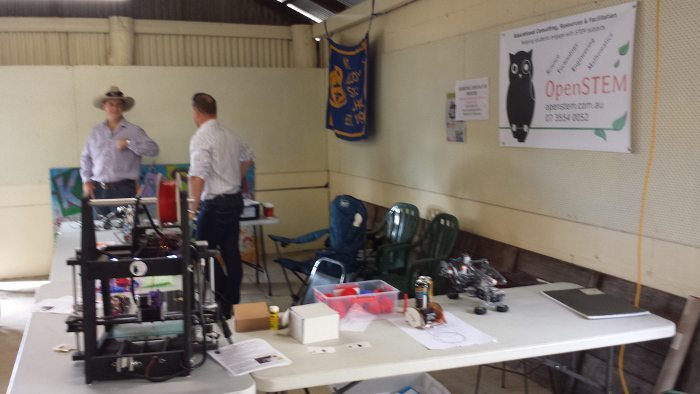
We saw a fair amount of interest from parents and visiting teachers for our work with schools, from the workshops to our resources and complete classroom programs, of which we had some sample materials that people could browse and ask us about.
On Friday we had the opportunity to meet briefly with Deb Frecklington, QLD state MP for Nanango (Shadow Minister for Agriculture, Fisheries and Forestry), and talked about the meaning and importance of STEM. Naturally STEM is critical for our agriculture as well!
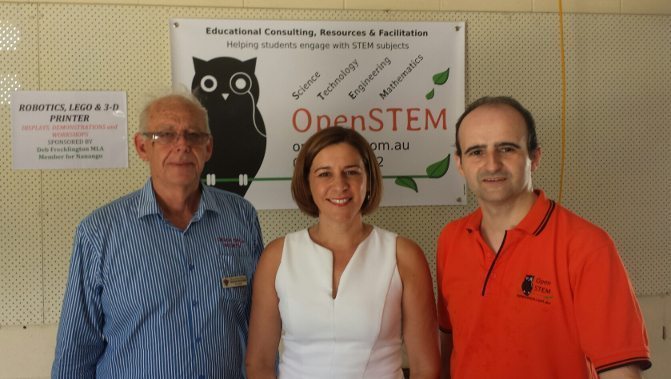
Our other neighbours at the show were Mt Kilcoy State School, where teacher Andrew Triggs showed off QUT LEGO robotics. Kids enjoyed watching the Rubik cube solver – I competed with it a few times, and was done well before it was 😉
The event has inspired me to build a few more things for kids to interact with and to show how awesome electronics and robotics can be explored without requiring costly gear.

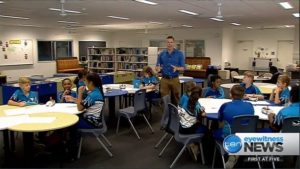
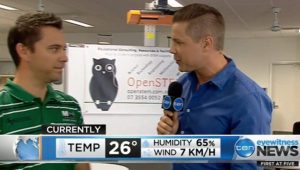
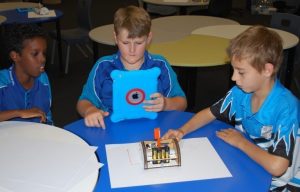
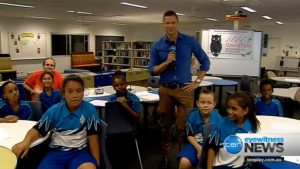
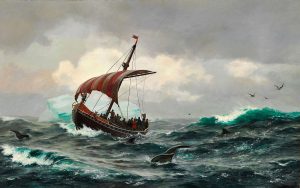

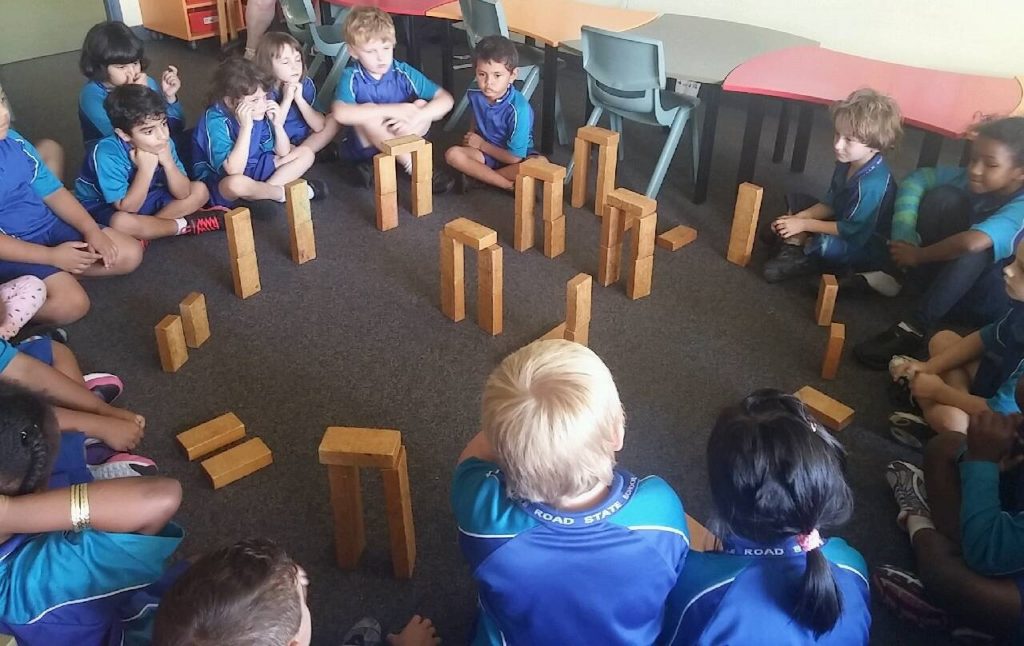
The more I see our teachers and students work with the program, the more convinced I am that we have…
Cheryl Rowe, Principal